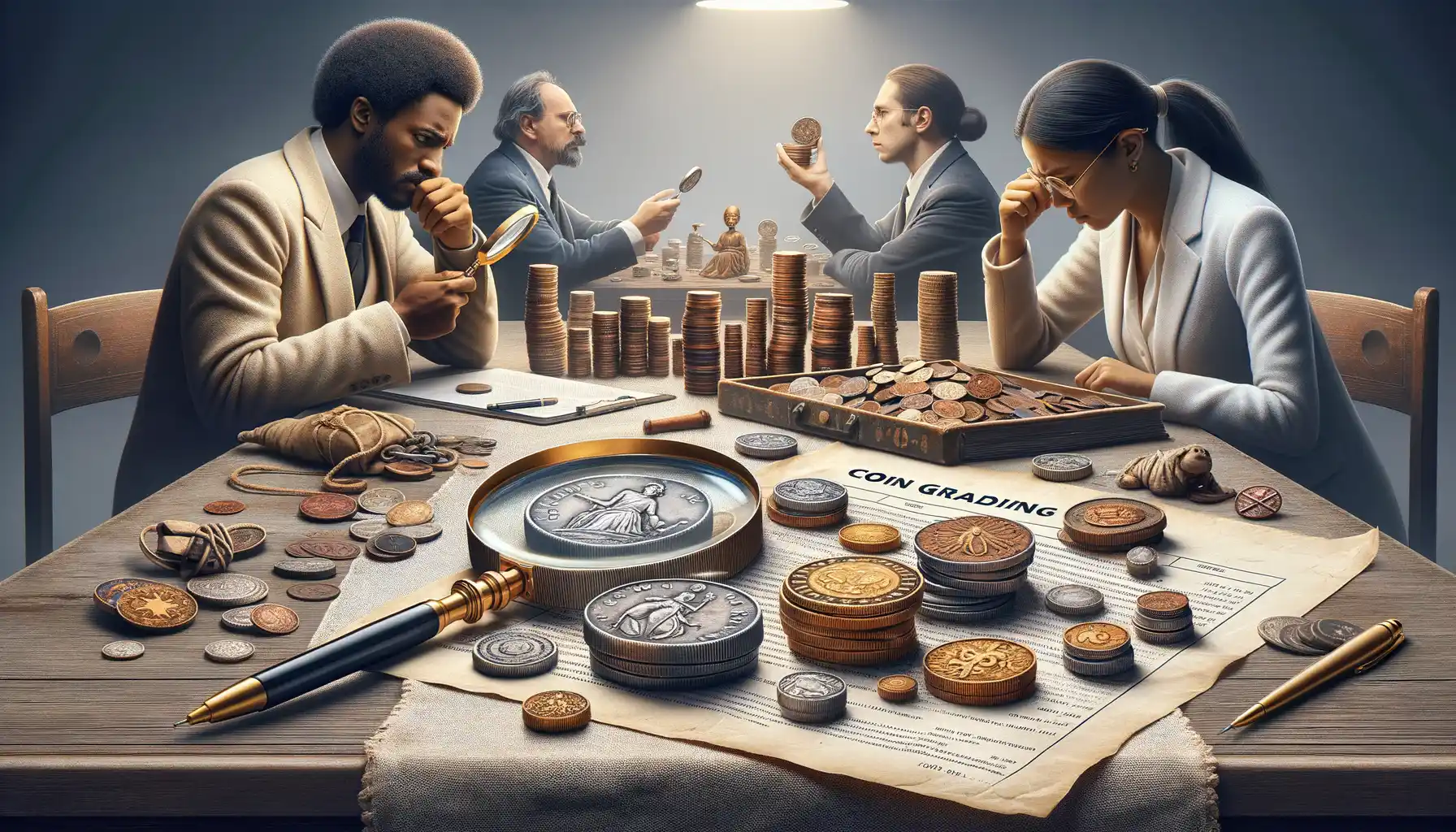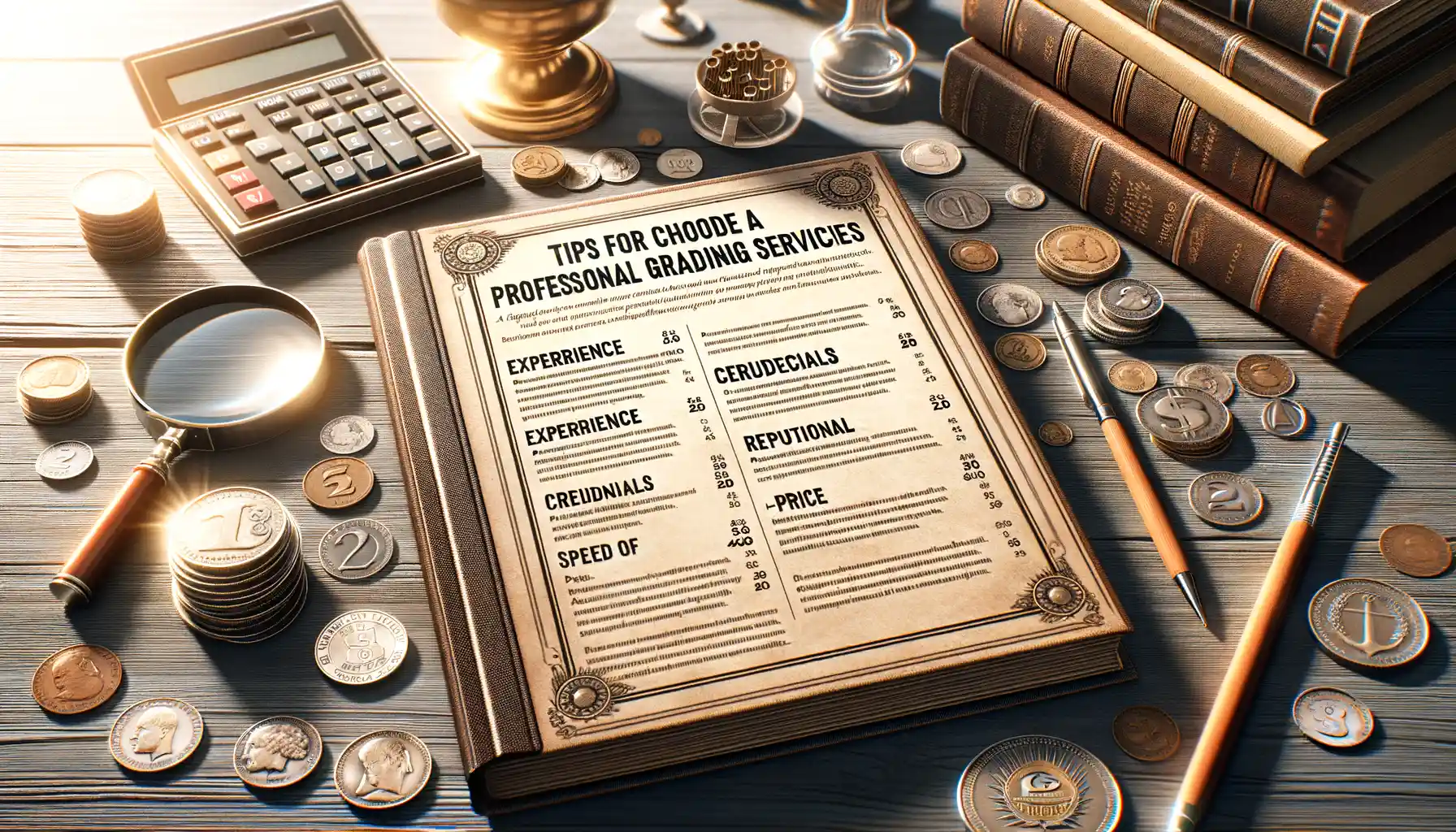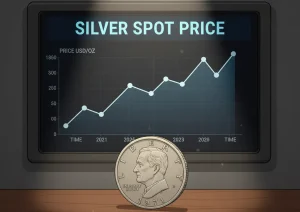Basics of Coin Grading and Its Importance
Why Coin Grading is the Collector’s Secret Weapon
Imagine walking into a treasure trove of ancient coins. Some glimmer with perfection, while others have clearly faced the trials of time. How can you tell what’s truly valuable? That’s where coin grading steps in—it’s like having a compass in an otherwise overwhelming sea of possibilities.
At its core, coin grading measures a coin’s condition and quality. A highly graded coin can mean the difference between something that’s “nice to have” versus a rare gem worth admiring (and investing in!). By assigning a grade, collectors and dealers alike speak a shared language of trust and accuracy. Wouldn’t you want assurance before committing your hard-earned dollars?
How Grading Protects Your Investment
Coin grading isn’t just about pinpointing a number. It’s also about safeguarding your collection. A professionally graded coin comes sealed in a tamper-proof holder with its grade on display—think of it as armor for your investment.
- Preservation: Grading shields coins from damage, fingerprints, and environmental harm.
- Authenticity: It certifies your coin is the real deal, not a cleverly crafted replica.
- Value Boost: Professionally graded coins frequently command higher prices in the marketplace.
For anyone serious about numismatics, grading isn’t just a step—it’s the foundation of smart collecting.
Key Factors in the Coin Grading Process

What Makes a Coin Truly Shine?
When it comes to coin grading, there’s more than meets the eye. Imagine holding history in your hands—each coin tells a story, and its condition is the storyteller’s tone. Grading isn’t just about spotting scratches and wear; it’s about understanding the full narrative of a coin.
A key factor? Preservation. Graders meticulously examine the coin’s surfaces. Are there blemishes or marks that could have been caused by years spent jingling in someone’s pocket? Or is it pristine, untouched, like it was minted yesterday?
Strike quality is another significant consideration. Think of it as the handshake of the coin world—was the design crisply and cleanly impressed at the moment of creation? Coins with sharp, detailed designs radiate craftsmanship and rarity.
And then there’s the delicate dance of toning. A coin’s color can speak volumes. Natural aging might give rise to beautiful hues of gold, blue, or lavender—pure poetry in metal! But artificial toning? That’s a red flag.
- Luster: That glow when light hits the surface just right—it’s like seeing the coin breathe.
- Rarity: Because sometimes, scarcity is everything.
Each tiny detail adds up, crafting the masterpiece—or mystery—your coin represents.
Grading Scales and Systems Explained

Breaking Down the World of Coin Grading Scales
When it comes to grading coins, understanding the scales and systems is like cracking the code to a whole new language. The heart of grading lies in the Shelton Scale, officially known as the Sheldon Grading Scale. It’s the rockstar of the coin world, used worldwide to describe a coin’s condition with precision. This scale runs from 1 all the way to 70 (yes, 70!), where 1 is a barely recognizable relic, and 70 is perfection personified—a coin that looks like it’s been blessed by the hands of the minting gods.
But here’s the twist: not every coin gets the Sheldon treatment. Some countries and organizations prefer other systems. For example, the British system leans on terms like “Fine” or “Extremely Fine,” which can leave newcomers scratching their heads. And don’t overlook specialty labels like “Proof” or “MS” (Mint State)—those hold secrets even seasoned collectors love to decode.
- AU (About Uncirculated): A coin that’s nearly flawless but shows subtle signs of handling.
- VF (Very Fine): Clearly circulated but still holds its charm and detail.
Knowing these nuances turns confusion into confidence. Your collection will thank you for it!
Common Pitfalls and Misconceptions in Coin Grading

Overestimating or Underestimating a Coin’s Value
When it comes to coin grading, one of the trickiest traps collectors often stumble into is letting emotions cloud their judgment. You might look at that old dime passed down from your great-grandfather and think, “This has to be worth a fortune!” But wait—just because it’s sentimental doesn’t mean it’s rare or in good condition. Conversely, some collectors underestimate coins simply because they don’t sparkle like treasure from a pirate’s chest.
Here’s the thing: a coin’s true value lies in its objective attributes—condition, rarity, year, and mint mark—not the stories we attach to it. Scratches, discoloration, and wear may seem minor to an untrained eye but can drastically affect grading. Many collectors also fail to consider the standards set by professional grading companies like PCGS and NGC.
- Don’t clean your coins: It might feel satisfying to shine them up, but this can strip away original surfaces and kill their value.
- Avoid “DIY Grading”: Online guides are helpful but cannot replace expertise. Send your prized coin to the pros!
The Misleading Lure of Market Labels
Another misconception swirling in the coin world is the belief that labels like “BU” (Brilliant Uncirculated) or “Gem” guarantee a specific grade. Spoiler alert: those terms can be subjective and vary widely depending on who’s selling the coin. A dealer’s “Gem BU” might not even scrape a MS-65 when graded professionally.
Collectors should also tread carefully with flashy packaging. Fancy holders might make coins appear more impressive than they are. Remember, what’s inside matters—not the marketing fluff. As the saying goes, “Don’t judge a book by its cover…or a coin by its slab design!”
Tips for Collectors on Choosing Professional Grading Services

What to Look for in a Trustworthy Grading Service
Choosing the right grading service isn’t just a box to check—it’s the cornerstone of protecting your collection. Think of it like handing over your favorite car to a mechanic. You want someone reputable, meticulous, and backed by experience. The same goes for coin grading.
Here are some key factors to consider when evaluating professional grading companies:
- Certification and Reputation: Does the company’s name carry weight in the industry? Trusted names like PCGS and NGC have built their reputation brick by brick through consistent quality.
- Grading Consistency: Read reviews or join collector forums. If collectors frequently mention inconsistent grades, run the other way.
- Tamper-Proof Holders: A top-tier service will seal your coin in a protective holder that’s virtually impossible to tamper with—your coin’s armor against time and mischief.
The Hidden Value in Customer Support
Imagine sending off a prized coin, only to feel like you’re left speaking into a void. No thanks, right? This is why stellar customer support matters. Does the grading company have a team that’s responsive and courteous? Will they patiently answer questions about turnaround times or provide updates without a fuss? These seemingly small touches scream professionalism.
Also, don’t forget about their website! A clean, easy-to-navigate online portal signals that they’re serious about their business—and yours. Keep an eye out for features like tracking tools and resources to deepen your coin knowledge.






